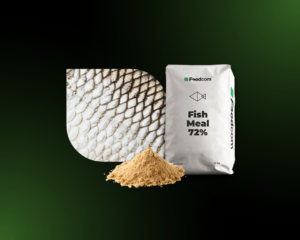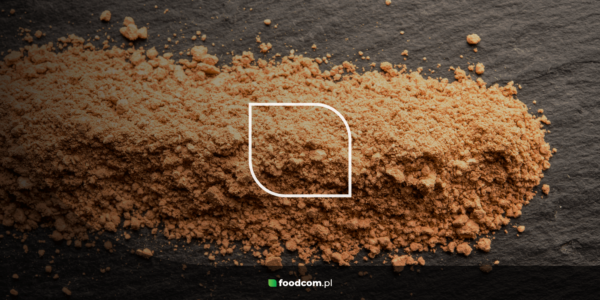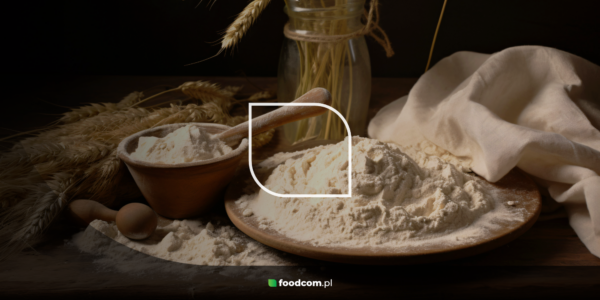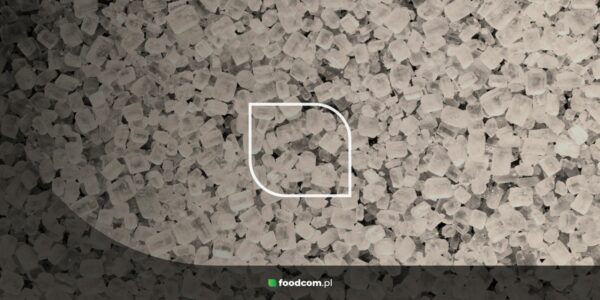- Animal by-products are dead animals, their parts, or products from animals that are not intended for human consumption.
- They have high nutritional value and can be used in the production of fertilizers, feed, biofuels and cosmetics.
- There are three categories of animal by-products: Category 1, 2 and 3, which reflect the level of risk to human and animal health.
- Duck Meal, Fish Meal, Blood Meal, Feather Meal and Animal Fat are examples of animal by-products.
Animal by-products – what are they?
Animal by-products are dead animals and their parts or products or other substances derived from animals that are not intended for human consumption. These products usually come from slaughterhouses as by-products of human food processing, but they also include fats and other materials produced by various industries.
Animal by-products can contain various parts of an animal, such as internal organs, bones, skin, fat, fur, blood or bone.
There are many benefits to using animal by-products. They have high nutritional value, so they can be used to produce fertilizers, animal feed, biofuels, and cosmetics. Animal Fat, in turn, can be used to produce alternative energy sources. The use of animal by-products also has a positive impact on the environment, as waste is reduced in this way.
Types of animal by-products
Animal by-products are divided into three categories – 1, 2 and 3, reflecting the level of risk to human and animal health. Below we explain the meaning of each category.
Category 1
Products that fall into category 1 pose the greatest risk to human and animal health. These may include: animals that have been infected or are suspected of being infected with a contagious disease, pets that originate from circuses or zoos, animal products collected during wastewater treatment, or food that has expired during international transport.
Category 2
Category 2 products are high-risk materials that are not suitable for consumption by animals. These include manure, stomach and intestinal contents, or animal by-products that contain residues of approved substances or contaminants that exceed permitted levels.
Category 3
Category 3 is the most popular because it can be used in a variety of ways – it is low-risk material derived from animals that show no signs of disease. Although these materials cannot be used by humans, they are used in many industries.
Category 3 products include animal fats and meals made from blood, feathers, bones, or other parts of animals.
Category 3 products – examples
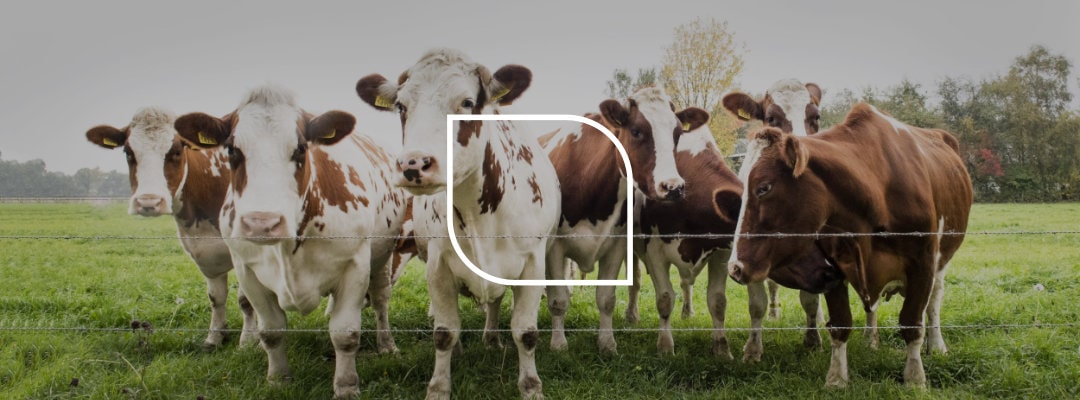
Duck Meal
Duck Meal is obtained by processing duck by-products. It is produced by grinding duck meat pieces and other parts such as bones, skin and fat. These raw materials are heat treated to evaporate excess moisture and then ground to a fine consistency.
Duck Meal has high nutritional value as it is an excellent source of highly digestible protein and contains vitamins A and B3, minerals and amino acids. It is mainly used in feed and pet food as a nutritional supplement.
Fish Meal
Fish Meal is produced from fish and the waste from its processing. To produce it, the raw material is first cooked and dried at high temperatures, then pressed and ground to break up all the bone parts.
Fish Meal is a source of complete and easily digestible proteins. It is also rich in minerals such as phosphorus, calcium and selenium. The composition of the meal also contains valuable exogenous amino acids. Fishmeal is used in fish, pig, poultry and pet feeding, but also in the production of organic fertilizers.
Blood Meal
Blood Meal is made from fresh blood, which can be obtained from either chickens or pigs. Often the two are combined and Mixed Blood Meal is made during production, the blood is drawn and then preserved to prevent clotting. Later, it is transported to a processing plant where it is centrifuged to remove foreign matter and then spray dried. It is rich in proteins as well as a number of nutrients such as Lysine, vitamins and minerals.
Blood meal is a frequently used additive in animal feeds that require more protein. It is commonly used as an ingredient in cattle feed premixes, in pig feeding and in aquaculture. It is also used in fertilizers due to its high nitrogen content.
Feather Meal
Feather meal is produced from the feathers that remain after poultry are slaughtered. The feathers are produced during the processing of surplus chicken, turkey, duck and other poultry parts. The raw material is cooked, pressed and milled to obtain the resulting meal.
Feather Meal is a nutrient in feed premixes. Adding Feather Meal to poultry feed has a positive effect on overall performance, feed intake, protein and nutrient absorption, and weight gain. In ducks, the addition also increases feather weight. In aquaculture, the addition of Feather Meal improves fish performance and increases protein intake.
Animal Fat
Animal Fat is obtained from waste and by-products of slaughterhouses. It is produced by cooking, draining and pressing the raw material.
Animal Fat has many uses in industry. It is added to animal feed because it is a source of essential fatty acids, which are responsible for the growth and improvement of the immune system of animals. This is crucial for animal performance. In addition, Animal Fat is used in the production of biodiesel and cosmetics.
Why Foodcom?
Our great team of Sales Support will help our Traders conduct the contract and business deals in a smooth and efficient way to ensure the best quality service to all our Business Partners. Our logistics team will take care of transportation and the financial department will be responsible for all matters connected with the financial part of the deal. Do not hesitate! Contact us.

